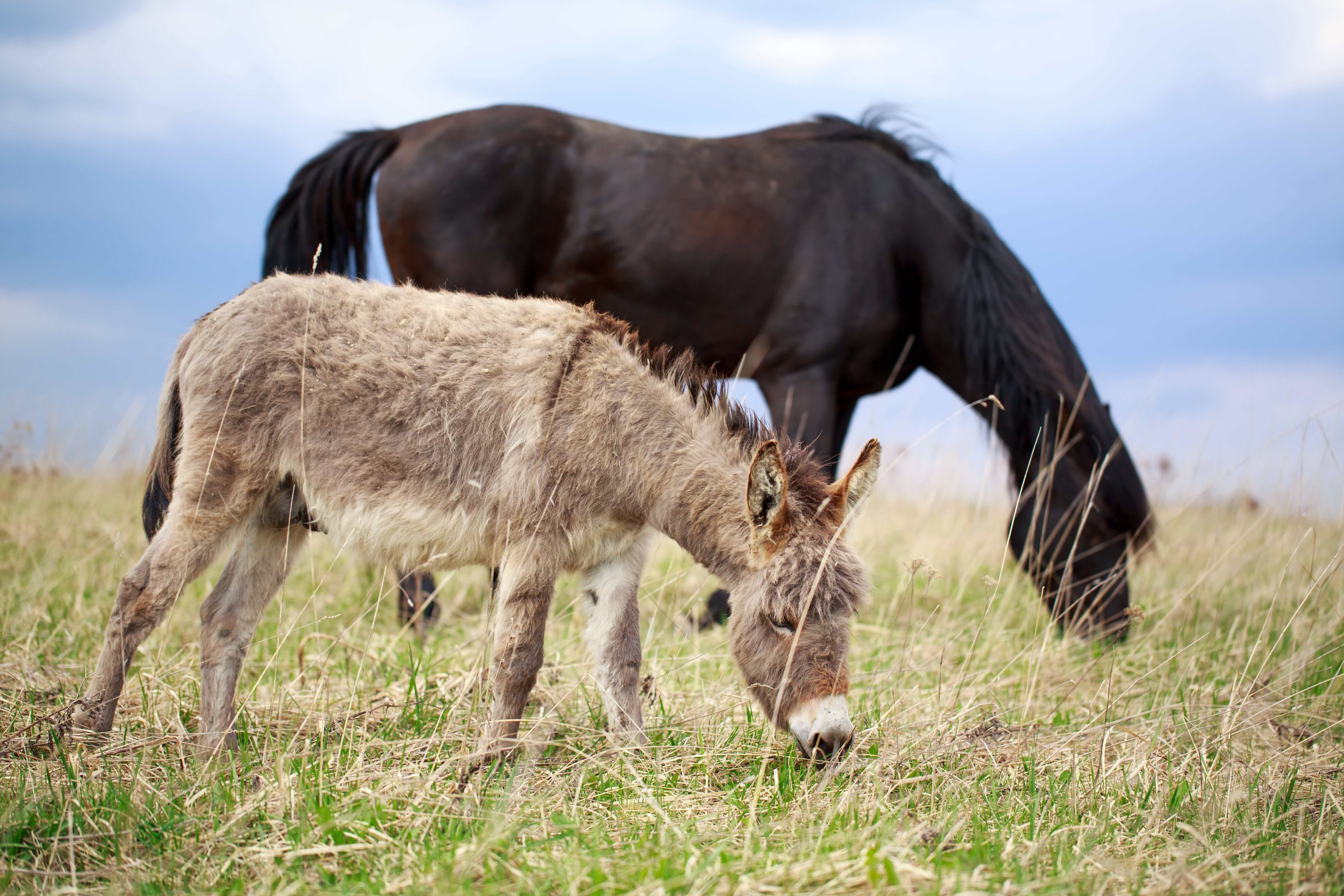Comparison of the Surface Thermal Patterns of Horses and Donkeys in Infrared Thermography Images
Abstract: Infrared thermography (IRT) is a valuable diagnostic tool in equine veterinary medicine; however, little is known about its application to donkeys. This study aims to find patterns in thermal images of donkeys and horses and determine if these patterns share similarities.
The study is carried out on 18 donkeys and 16 horses. All equids undergo thermal imaging with an infrared camera and measurement of the skin thickness and hair coat length. On the class maps of each thermal image, fifteen regions of interest (ROIs) are annotated and then combined into 10 groups of ROIs (GORs). The existence of statistically significant differences between surface temperatures in GORs is tested both "globally" for all animals of a given species and "locally" for each animal. Two special cases of animals that differed from the rest are also discussed.
The results indicate that the majority of thermal patterns are similar for both species; however, average surface temperatures in horses (22.72±2.46 °C) are higher than in donkeys (18.88±2.30 °C). This could be related to differences in the skin thickness and hair coat. The patterns of both species are associated with GORs, rather than with an individual ROI, and there is a higher uniformity in the donkeys' patterns.
Reference: Malgorzata Masko, Marta Borowska, Malgorzata Domino, Tomasz Jasinski, Lukasz Zdrojkowski, Zdzislaw Gajewski. (2021) BMC Vet Res Mar 2;17(1):99.
| Interested in learning more about thermal imaging? Request a demonstration with Digatherm and discover how veterinary thermography can help you find problem areas faster and easily monitor treatment progress. |

